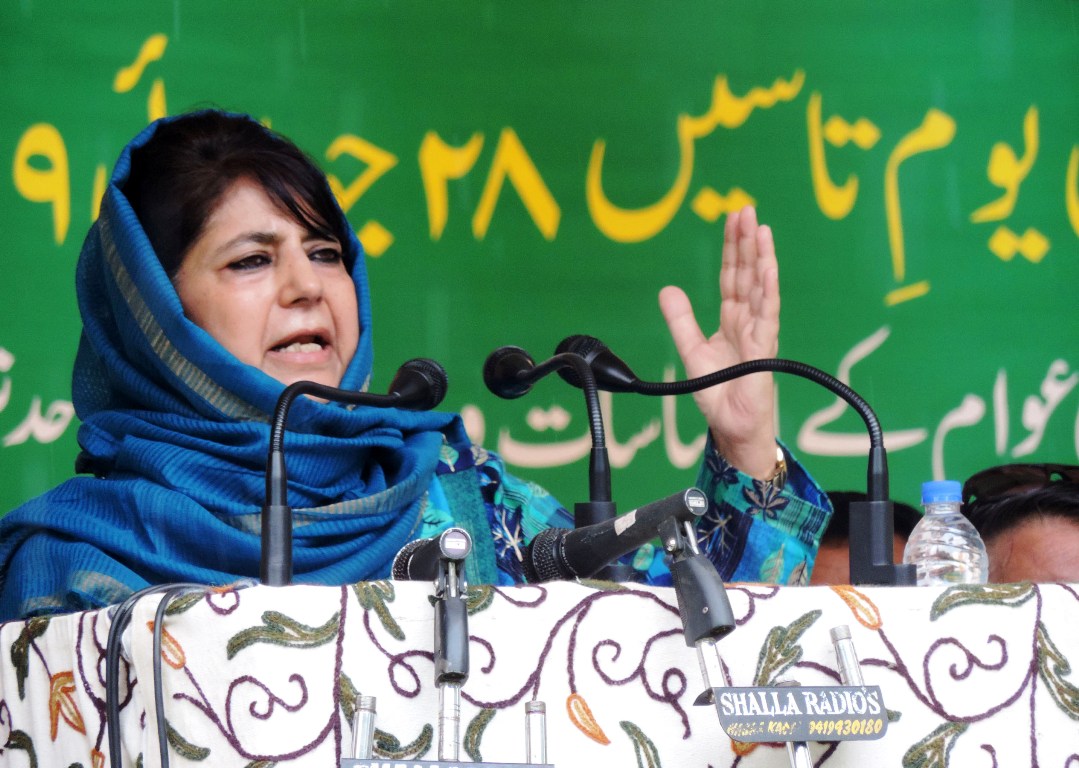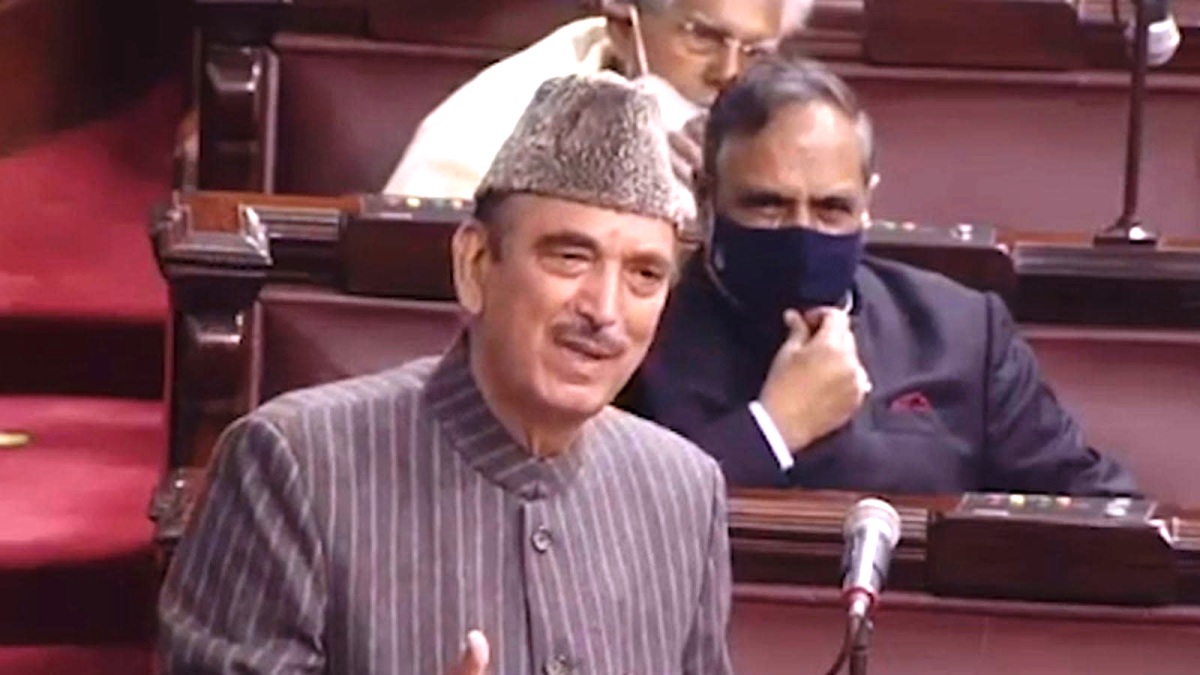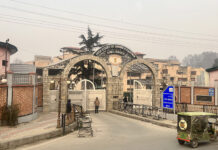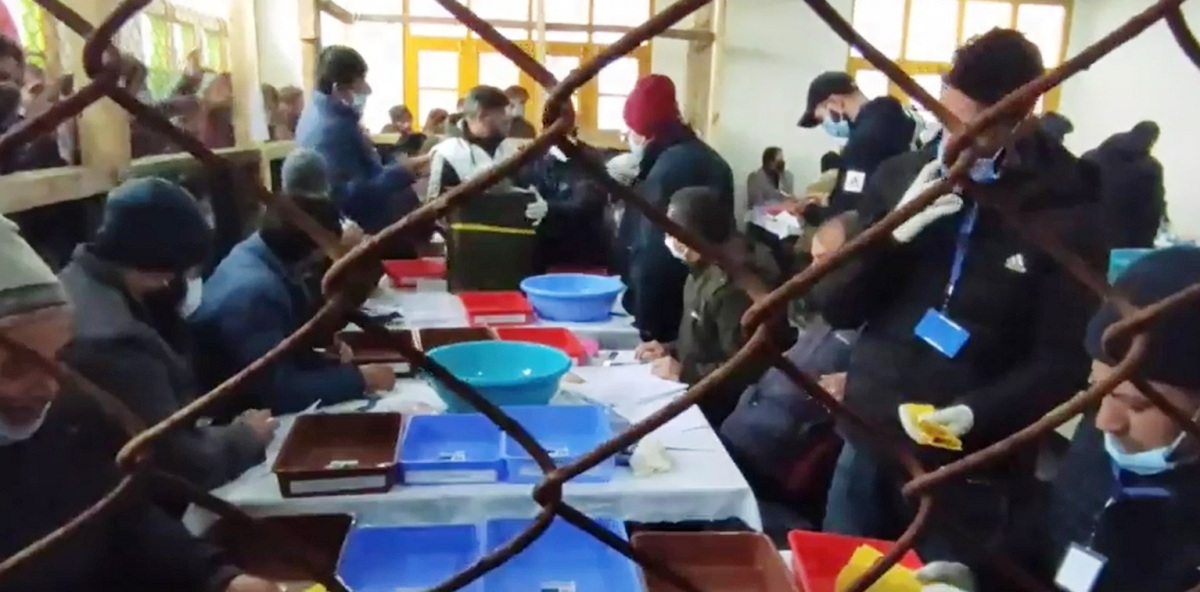SRINAGAR: The Commissioner of Railway Safety (CRS), Dinesh Chand Deshwal, conducted an inspection of the 14.869 km Banihal-Khari rail track, a segment of the Udhampur-Srinagar-Baramulla rail link (USBRL) project, along with senior officials from Northern Railways, IRCON, and construction companies.
Following an examination of the track, tunnels, and bridges, the officials proceeded with a high-speed electric train.
The 14.869 km rail track is poised to be opened for regular train traffic between the two stations, as per officials. The CRS, accompanied by a team from various authorities, inspected the infrastructure, including a cut-and-cover tunnel, two major bridges, and three major tunnels in the Banihal-Khari sector. This marks the second statutory inspection by Deshwal before deciding on the opening of the Banihal-Khari section of the 272 km USBRL project.
A senior official, as per a report in Hindustan Times said, “The CRS inspected the tracks, tunnels, bridges, and the infrastructure at the two railway stations of Khari and Banihal before returning in a high-speed electric train from Banihal.” Once the CRS grants permission, trains are expected to operate between Khari and Banihal railway stations. Work is also progressing on the Katra-Banihal stretch, with plans to make it operational by March this year.
On December 22, Northern Railways achieved a significant milestone in the Udhampur-Srinagar-Baramulla rail link project with the breakthrough of the 3,209-meter-long Tunnel T-1 between Katra and Reasi railway stations. This breakthrough brings the Indian Railways closer to connecting the Kashmir Valley with the national railway network.
Tunnel T-1, located at the foothills of Trikuta Hills near Katra in Reasi district, presented formidable geological challenges due to its passage through the Himalayan Main Boundary Thrust (MBT), including rugged terrain and substantial water inflow.
The tunnel alignment cuts across the lesser Himalayas and traverses highly jointed and fractured dolomite. A segment of about 300-350 m crosses a major shear zone known as the Main Boundary Thrust (MBT), making tunnel excavation in this stretch a challenging task due to the presence of a shear zone and high water ingress.















